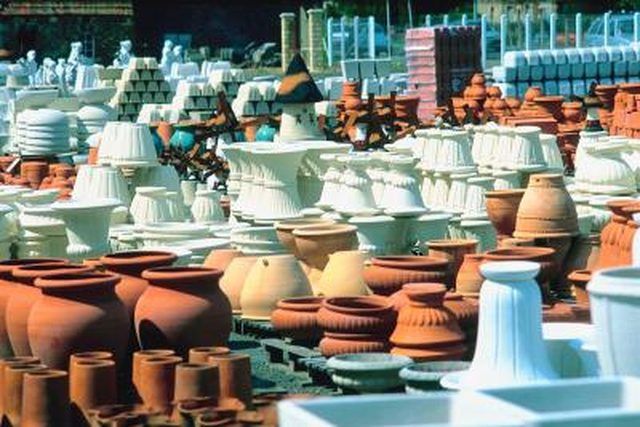Bulbs
Flower Basics
Flower Beds & Specialty Gardens
Flower Garden
Garden Furniture
Garden Gnomes
Garden Seeds
Garden Sheds
Garden Statues
Garden Tools & Supplies
Gardening Basics
Green & Organic
Groundcovers & Vines
Growing Annuals
Growing Basil
Growing Beans
Growing Berries
Growing Blueberries
Growing Cactus
Growing Corn
Growing Cotton
Growing Edibles
Growing Flowers
Growing Garlic
Growing Grapes
Growing Grass
Growing Herbs
Growing Jasmine
Growing Mint
Growing Mushrooms
Orchids
Growing Peanuts
Growing Perennials
Growing Plants
Growing Rosemary
Growing Roses
Growing Strawberries
Growing Sunflowers
Growing Thyme
Growing Tomatoes
Growing Tulips
Growing Vegetables
Herb Basics
Herb Garden
Indoor Growing
Landscaping Basics
Landscaping Patios
Landscaping Plants
Landscaping Shrubs
Landscaping Trees
Landscaping Walks & Pathways
Lawn Basics
Lawn Maintenance
Lawn Mowers
Lawn Ornaments
Lawn Planting
Lawn Tools
Outdoor Growing
Overall Landscape Planning
Pests, Weeds & Problems
Plant Basics
Rock Garden
Rose Garden
Shrubs
Soil
Specialty Gardens
Trees
Vegetable Garden
Yard Maintenance
Are Clay Pots Better for Plants Than Plastic?
Are Clay Pots Better for Plants Than Plastic?. Horticulture professionals profess clay pots, specifically terra-cotta pots, are the best choice for your plants. Terra-cotta is unglazed clay. Plastic pots are inexpensive and come in a variety of colors, but these advantages do nothing for the health of the plant.

Horticulture professionals profess clay pots, specifically terra-cotta pots, are the best choice for your plants. Terra-cotta is unglazed clay. Plastic pots are inexpensive and come in a variety of colors, but these advantages do nothing for the health of the plant.
History
Clay pots appeared on the scene around 6000 B.C. at the genesis of the Neolithic period. The invention of plastic occurred about 100 years ago. Plastic pots, mere infants in time, now rest on the shelves of retail establishments next to the familiar terracotta pot.
Clay
The porous clay pot breathes, thereby letting air circulate throughout the roots of the plant. It also absorbs moisture, which gets rid of excess water in the soil --- an advantage for some plants. Along those same lines, soaking the clay pot in water can serve as a way to keep plants watered while on vacation.
Plastic
Plastic pots prevent oxygen and water from entering the pot to nourish the roots of your plant. They also prevent excess water from escaping, which can cause root rot. In addition, plastic provides no insulation from extreme temperature changes.